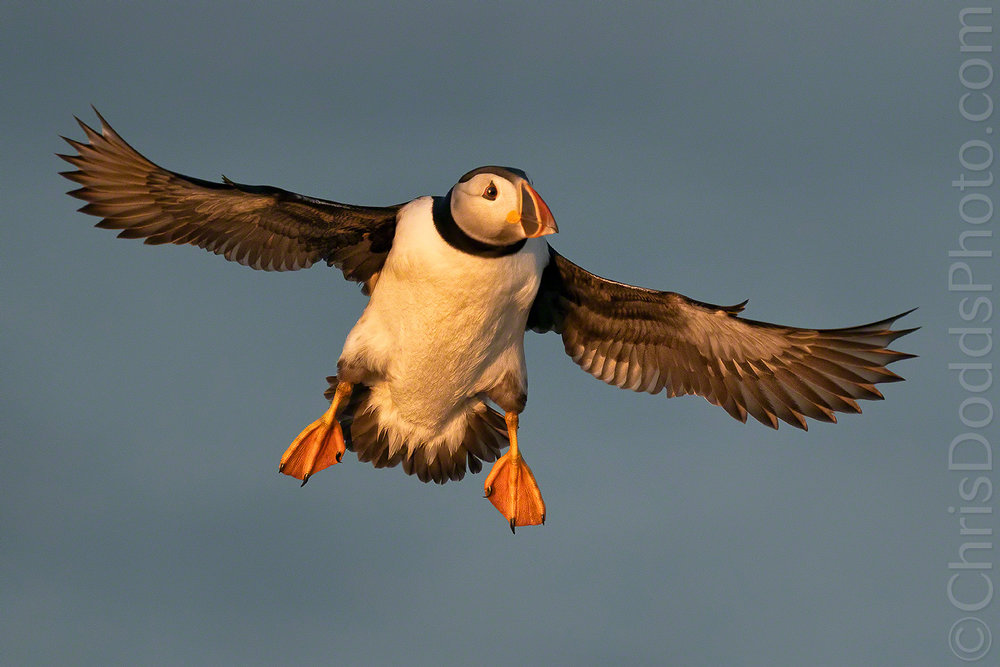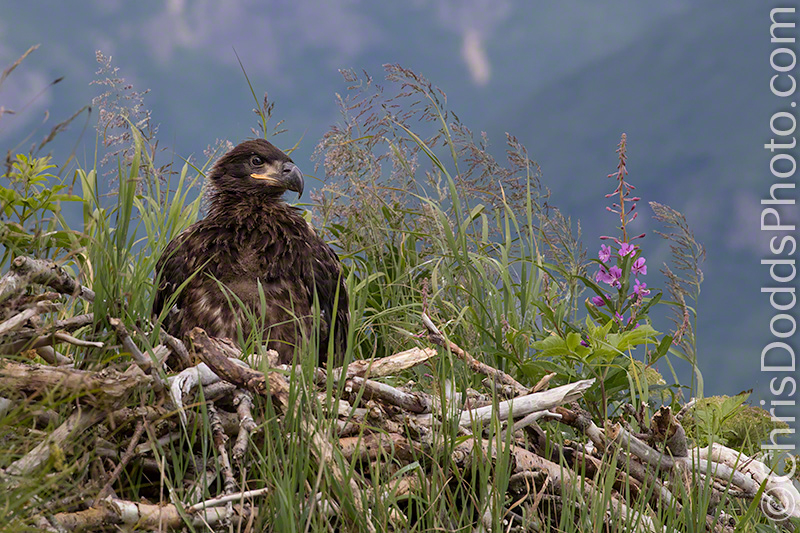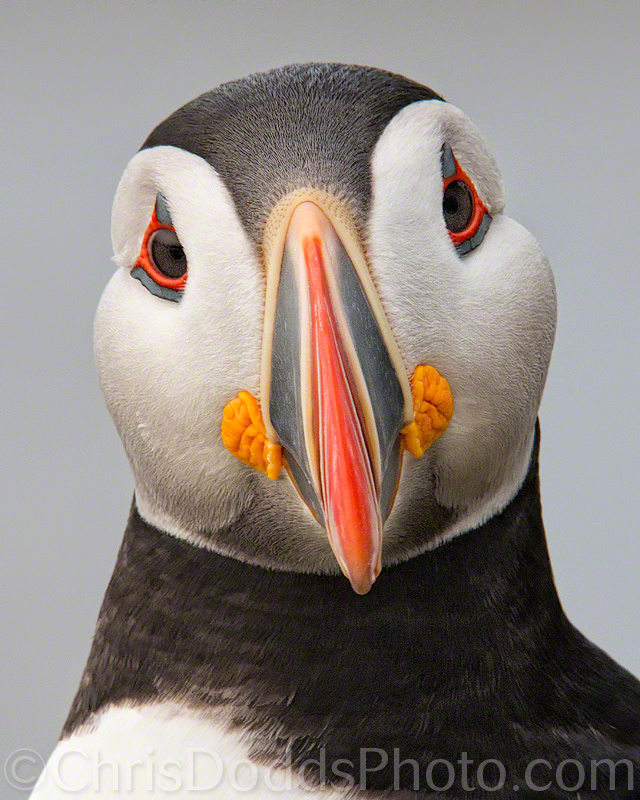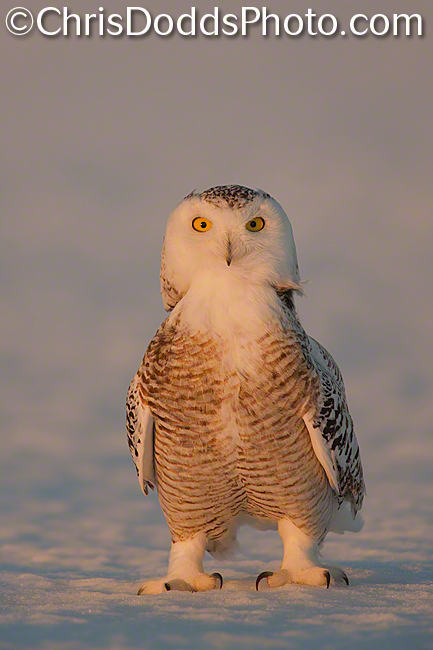Here are some kudos from my recent presentation to the Images Alberta Camera Club:
As a member of the St. Albert Photography Club, I was able to piggyback onto the Images Zoom session on the 14th. The session was interesting, beneficial, and enlightening on many fronts, and it was visually stunning due to the quality of your work. Thank you very much for sharing your wealth of knowledge in such a friendly, easy-going manner. - Ken Collett
I know this is repetitive but I really am very grateful to you and to Sony Canada for the fantastic presentation tonight. You set a record for us in terms of attendance and we didn’t have as many guests from other clubs as we could have if I had opened up the numbers of invites I sent to them. The chat messages were very laudatory as you will see when I send the file tomorrow. - Garry Ford
I saw your presentation Jan14 and am in awe of your images. - Michele Baddoo
Really really enjoyed your presentation. You were so very generous with your tips! The photos are stunning! - Judy Johnston
From the live chat:
• Thank you for that histogram explanation. - Tanya Ironside
• I am in awe... -Katie
• Absolutely stunning images. - Satvinder Singh
• I'm speechless...absolutely amazing images! - Erin Oor
• Very generous with the tips...thank you so very much!
• Amazing images. thank you!!! - Linda Marion
• Incredible information, birds in flight are my passion - Lee Lachance
• Keep going !!!!! - Katie
• Thank you very much & merci beaucoup! Fantastique - Cathy
• Following you on Instagram now! Amazing! and I agree great info along the photo tour. Thanks a bunch! - Maritta Renz
• Amazing photographs. Thanks for sharing these with us. - Wendy Royer
• Thank you so much, loved the presentation. Beautiful work. - Michelle Shynkar
• This has been an amazing presentation. I cannot believe how tack sharp your images are and how much work you put into making them such incredible captures. Thank you for sharing your passion and your expertise with us tonight!! - Colleen Sayer
• Great presentation with lots of interesting tips and information. Thank you! - Tanya Ironside
• Fabulous presentation with great tips, all backed up with superb images. - Ken
• Thanks for the great information accompanied by amazing pictures. It was very illustrative and interesting. It felt like 5 minutes - David A.
• Excellent presentation - just loved it! - Lynette Jonson
• A wonderful presentation. thanks so much. - Barbara Adams
• Thank you so much for inviting other Clubs - Victoria in particular. This has been fantastic and so worthwhile. I'd love to go on a workshop with you! - Kim
These comments after realizing I went way over my scheduled time limit, and asked if anyone wanted to keep going - smile!
• Keep going!!! - Judy Johnston
• Waahooo! - Katie
• Yeah, keep going - Tarra
• You are a natural teacher, way to go!! - Cathy
• Thanks for sharing your photos and expertise. Loved the presentation. • Absolutely awesome images. Thank you Chris, Sony, and the Alberta club. Love from the West Coast. - Lynn
• This has been an eye opener presentation. - Satvinder Singh
• Thanks Christopher .. - Brenda and Jean-Marcel
• Very inspirational! Thank you so much - Lee Lachance
• Thanks for the presentation Christopher. It inspires me to get out there and take some great photos. - Christine
• Thank you Chris and thank you Alberta Photo Club for giving us the opportunity. - Satvinder Singh
• Thank you very much for the presentation. - Dipan Das
• Loved this. Thanks to Images Alberta for inviting Camera Club of Ottawa to share in this evening. Chris you're awesome. - Julia Hardwick
• Thank you so much. - catherinepage
• (And when I said I had to end the meeting) NOOOOOO! - Katie
• Thank you so so much Chris! Amazing presentation. - Erin Oor
• Thanks so much Chris. I learned a lot and really enjoyed the show! - Clayton
• Thank you so much!!! - Katie
• Fantastic presentation !!! - Ron Snider
• Thanks, Christopher, for staying up late for us - Cathy
• Amazing photos.... great body of work! love to go on a trip with you! - Nora
• Amazing presentation and images - Michele
• Thank you for your time - Curtis Polishuk
• Thank you, Chris, for your very inspiring information and photos. - Corinne Overwater
• Thanks so much. wonderful - Sue
The organizer was copied on a message to a member of another club that attended, who was describing the show to a friend who missed it:
Chuck,
Sorry about the short notice, I only noticed the email late afternoon.
I hate to say it, but it was one of the best presentations I have ever seen! Not only was the photography, every single image, absolutely amazing, he offered tips and strategies that I had never heard of before. Unfortunately, it will also be a very expensive presentation for me … no question now that I will make the jump to Sony as soon as my Nikon gives up the ghost, not too long from now.








